|
|
ADDRESS AT THE INAUGURATION OF THE BIENNIAL CONFERENCE OF ASIAN PACIFIC ASSOCIATION FOR THE STUDY OF THE LIVER (APASL), NEW DELHI
11-12-2004 : New Delhi
Integrated Solution for Healthy Liver
I am delighted to participate in the inauguration of the Biennial Conference of Asian Pacific Association for the Study of the Liver. I greet the organizers, gastroenterologists, immunologists, medical technologists, pharmacologists, academicians, national and international experts and distinguished guests, who have assembled here to deliberate on the latest advances in the ?Hepatology - the Science of Liver Disease?. I am sure that the results of the conference indeed will be useful to the Policy Makers and the medical community.
Liver ? an Important and robust Organ of Human System
Liver in human system is the largest organ within the body and weighs between 500 grams to 1.5 kg. It is one of the most important and vital organs in the body. The diseases of the liver are among the commonest ailment in our country. As you will be aware, the recent human genome project has established that Chromosome 7 and 13 characterize the liver health of a person. While there is no doubt that cardiovascular diseases, cancer and AIDS are considered as fatal diseases, advanced stages of liver cirrhosis (Chromosome 13) also falls in the same category. In spite of this importance we tend to neglect it.
Like any organ in the body, the liver is subjected to diseases. The unfortunate aspect of liver diseases is that the symptoms show up only after the damage has set in. Generally patients are unaware of any damage to the liver for years together. This phenomenon I learnt in a hard way through the traumatic experience of one of my friends a Scientist which eventually resulted in liver transplant. He is now hale and hearty with a British liver. This experience I am in a position to share with you because my friend has taken the initiative of recording the event very carefully. Further he has agreed to share his experience with the medical community - the diagnosis, treatment and post operative care. Let all of us thank him for such a gesture of sharing personal information for the benefit of the community. I would like to narrate briefly his experiences which I am sure will be beneficial to the specialists participating in this conference.
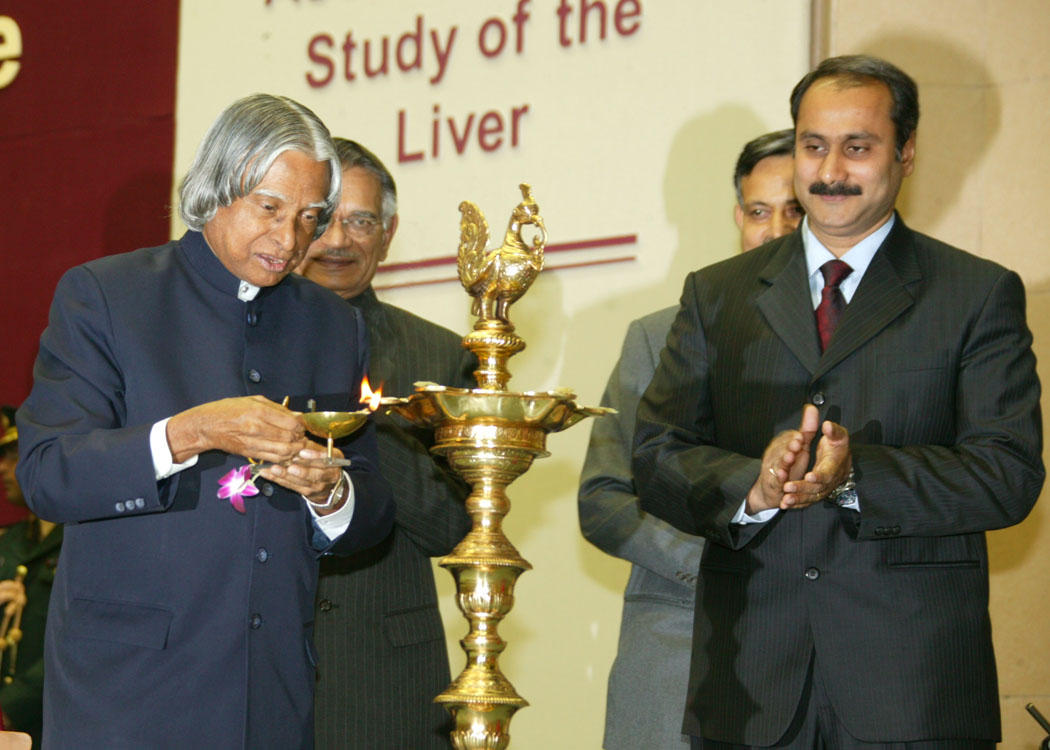

Walking with a British Liver (Case Study)
Early Symptom: Since 1995, my friend had an upset stomach and mild fever. He ignored and relegated it to something associated with frequent traveling, meetings beyond regular office hours, taking food at odd hours. He consulted many physicians at the instance of his family members and they also gave the same opinion. They diagnosed it as related to water and food changes and he had an amoebiasis problem and prescribed medication like Tiniba-500. This used to bring relief for a month or two and the problem again reappeared. Since he was an intensive scientific worker, he ignored the low grade fever which persisted for many months. He lost 11kg of weight in four months time and his blood profile indicated that the sugar level was in the upper limit. At around this time his face also started turning a darker shape. He attributed the change to age and epidermis damage and the frequent exposure to UV rays in the hot desert during field trials.
First Investigation: At the instance of his friends and family members he underwent a thorough pathological testing at the King Edwards Memorial (KEM) Hospital in Pune in May of 1999. All possible tests under the sun were conducted ? liver functioning test (LFT), ECG, Barium meal test, and ultrasonic exam of stomach, endoscopy and X-rays. To his utter delight, all the test results turned out to be normal with no major abnormalities. The only noticeable change was the increased bilirubin level, which was 1.2 against a normal value of less than 1. Liv-52 tablets were suggested for a few months. However there was no noticeable change in his physical condition.
Recurrence in 1999: Later in 1999 my friend got an infection while he attended a Conference in Russia which led to severe loose motion and high fever. With great difficulty he got back home after four days and was confined to bed for a whole week. A month later he had severe stomach convulsion, a nagging pain and swollen lower limbs. He felt and looked very week and sought the opinion of a leading liver expert at Hyderabad. All the tests for different types of Hepatitis were conducted and the test results turned out to be negative. Though the liver was found to be of normal shape and size the symptoms were definitely that of liver disease and he was prescribed a few medicines. He took the medicines for a month but there was no improvement.
Alternative Treatment: Finding no improvement in Allopathy he turned to Ayurveda. He started taking the concoction of lentil and rice and bitter herbal medicines and in this process his condition deteriorated further and he started having in addition to mild fever tender and swollen stomach and lower extremities. He could neither eat nor sleep or sit at ease.
Acute Condition: In October 1999 he got his ?bilirubin? checked at INMAS which was alarmingly high at six. He consulted Dr. Sardesai at Pune who diagnosed his condition as acute liver problem and prescribed medicines to tone up the liver functioning and avoid infection. He advised fruit juices, frequent small meals and thirty minutes rest after lunch. And also he advised to avoid all strenuous routines. This treatment worked well for a month and the symptoms resurfaced again.
In view of the recurrence my friend met Prof Acharya of All India Institute of Medical Sciences, Delhi on 7th December 1999. After examining his tender and swollen stomach declared that my friend has a severely damaged liver and advised him to get admitted immediately.
He was put through a series of tests and all liver function test results turned out to be alarmingly high. His endoscopy indicated that he had varices. His RBC count was very low and WBC was high. He was being injected plasma medications periodically and he had to undergo fluid removal from his stomach. It was clear that he had cirrhosis of liver but what perplexed them was the source of the infection since it did not fall in the category of the patients with a known history of possible infection routines. After consultation with many specialist doctors they surmised it to be Hepatitis C with anti-immune problem. Dr. Acharya explained that strangely the body defence system of my friend itself has started attacking one of his body organs and in this case it was liver.
Decision for Liver Transplant: Hepatitis C is the heterogeneous infection. Its interrelationship with human immune system is variable and difficult to co-relate. However, some trends have been identified. In some patients serious liver disease may occur within the first few years. However, in most patients chronic liver disease requires infection for 20 to 30 years. The most common presentation of Hepatitis C is a patient with no complaints. It is reported that 85% patients infected with HCV will develop chronic inflammation of the liver and of these 20% will develop cirrhosis of the liver. When my friend?s condition stabilized, he was discharged from AIIMS in February 2000. His joy of returning home was short lived and he returned to AIIMS with an infection in March 2000. At this time he went into Coma periodically and his kidney also started failing. This resulted in Prof Acharya pronouncing the inevitable that liver transplant as the only solution for saving my friend. Of the many medical centres all over the world where liver transplants are routinely carried out Prof Acharya recommended at that time (year 2000) Saint James Hospital at Leeds UK.
Long wait and Treatment in UK: At Saint James Hospital he was explained of all the pros and cons of the surgery and registered for a compatible liver. He was kept in the waiting list. There was a long waiting list for the reasons national policy UK citizens will be given highest priority. During this period he met many fellow survivors who appeared to be very formidable people who had handcrafted their own techniques of surviving. One day they were full of hope and the next moment they wondered how long they can holdup. My friend took solace in Yoga. He rediscovered the joy of being a family person. After one month of stay my friend got a call from the hospital that they found a donor. Finally my friend was operated on the 13th of June 2000 by Dr. Peter Lodge and his gifted team of doctors, one of whom Prof Merwin Davies who happened to be the close friend of Prof Acharya. The operation took seven hours. Later he regained consciousness and saw the people around him who were in smiles after the successful operation.
Post Operative Care: The disease, anxiety and surgery took its toll on the appetite and physical strength of my friend. He was forced to eat and drink more to make up for the loss of muscles and weight. He was surviving on three and four bottles of ?Enlives? per day. Finally he left the hospital after seventeen days and weighed only 57 kg when he was wheeled out. He was slowly permitted to eat everything except Grape fruit. He was also prescribed many drugs including immuno-suppressants, anti-biotics, anti-fungals and anti-depressants. As usual all these medicines caused their own side effects. He remained in Leeds for over three months under the care of expert doctors after the operation and flew back to India with his family. After coming back to India he is permanently on medication involving an expenditure of over Rs. 15,000 per month during the first year and Rs. 5,000 per month in subsequent years continuously which is definitely much beyond the reach of a common man.
I am telling this experience of my friend to this community so that the experts assembled here can address the problem of diagnosing this type of liver disease in the early stage so that it does not become an agonizing experience for the patients and the family. Also, the medical community must carry out intensive research and find low cost medicines for post operative life long care of liver transplant patients. All the more it is important, the specialized hospitals which deals with liver transplant, they must aim at least more than 95% success rate. This is the additional data base you can have with this experience.
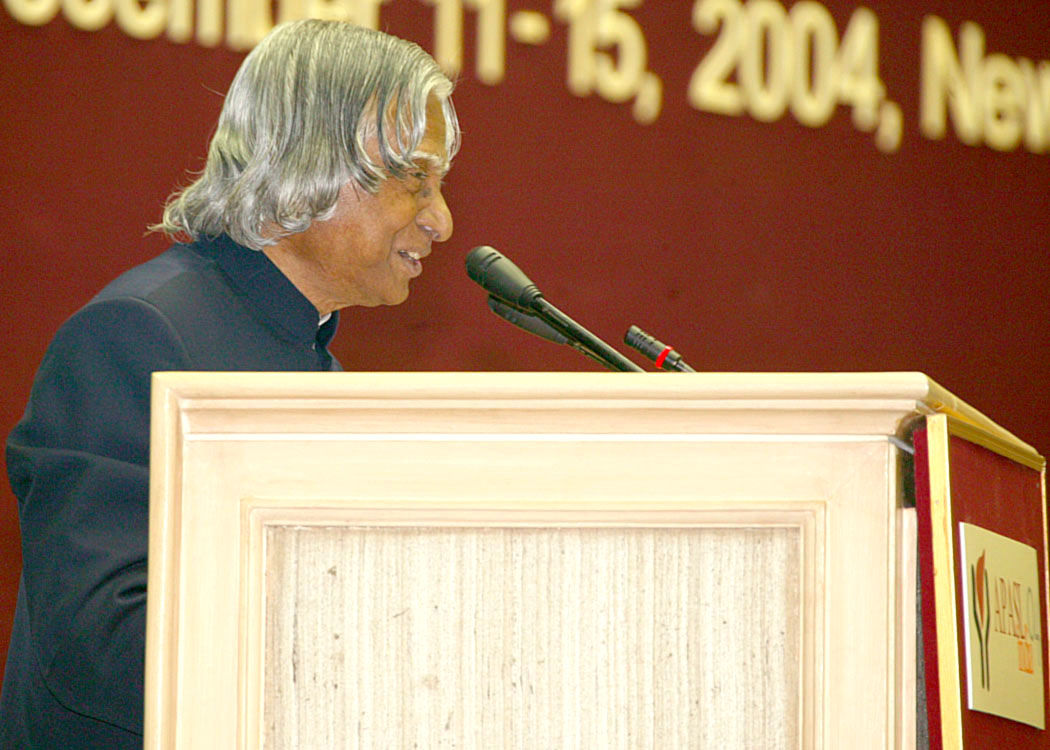

Healthy Communication
Recently, there was a meeting of cured patients, their doctors and a few social workers. One important result was discussed. The relationship between the patient and doctor extends to patients? family and doctor in medical care. This in turn, transmits effective messages from one family to another family on advice to prevent the diseases, necessity of periodic checks, the dietary habits and the need for life style changes including the exercise for good health. Actually, I believe this good contact between the doctor and patients is comparable to that of a teacher and student. I request every doctor to play the role of a teacher in advising every family and visiting friends, on liver disease prevention and methods to lead a healthy life. I hope you all will find time for this noble action.
Now I would like to discuss the major causes of liver diseases and the action required for bringing it under control.
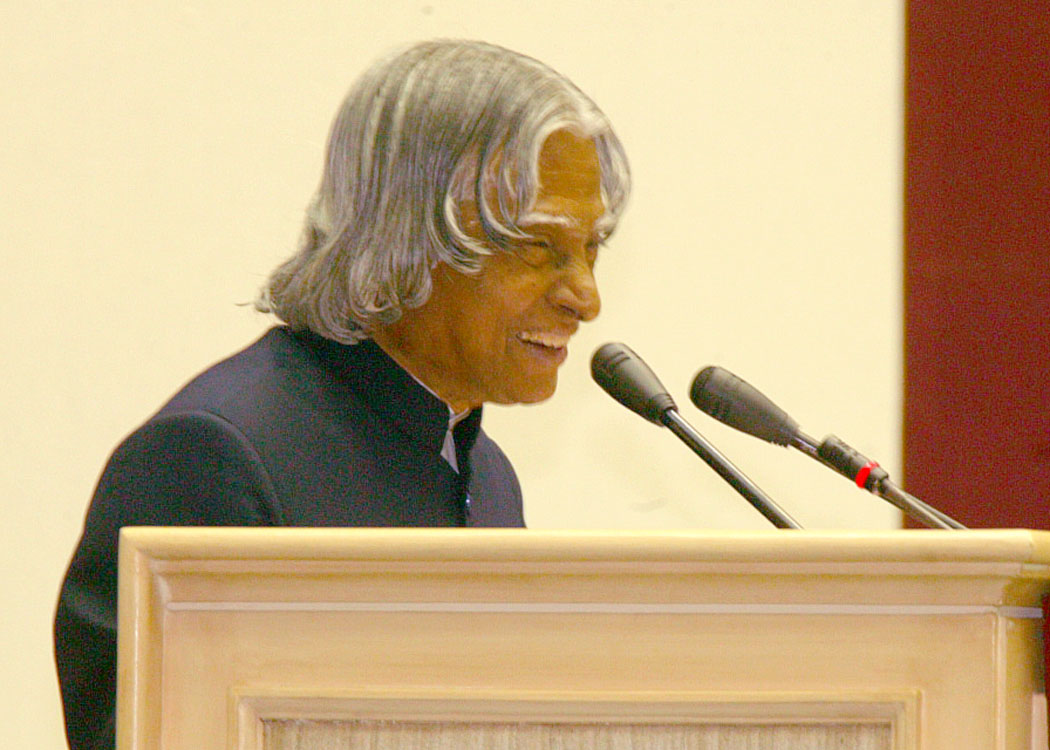

Viral Hepatitis
The causative viruses are A, E, which are waterborne; B, C and D are parentally transmitted. B and C lead to chronic liver disease, cirrhosis of liver and cancer. 35 million Indians harbor the B virus and 15 million carry C virus in the blood. A and E can be prevented by good sanitary conditions and providing protected water supply.
Hepatitis B virus is being controlled in the developed world by the use of diagnostics kits and vaccine. India has joined the International community in the fight against Hepatitis B. I understand that all blood donations are strictly screened against B and C viruses. Cheaper vaccines are indigenously manufactured in India by two Hyderabad and one Pune firm.
I am informed that in Taiwan the incidence of liver diseases used to be among 14% of the population during the year 1983. They took a decision to vaccinate every child born in Taiwan with Hepatitis B vaccine. This has resulted in bringing down the incidence to 0.9% by the year 2001. This shows the efficacy of this vaccine.
Hepatitis C is a challenging problem. The whole world is alarmed at the rise and it is a major cause of liver disease including liver cancer. Diagnostic kits are used to screen the blood donors. There is no vaccine yet available for Hepatitis C.
I am happy to note that the first Indian isolate of Hepatitis C virus was sequenced at Hyderabad by Prof. Guntaka Ramareddy and Dr. Habibullah (Acc. AY051292. 2001). This programme is under progress and there is an attempt to develop a regional vaccine instead of a global vaccine based on prevalence of a particular genotype under the Vaccine Action Programme (VAP).
Liver Scientists at AIIMS, ICGE, G.B. Pant, SGPGI - Lucknow, PGI - Chandigarh, CLRD (Center for liver research and Diagnostics) Hyderabad, have studied these viruses and contributed significantly in understanding the epidemiology, clinical profile and treatment modalities. ICGE under the leadership of Dr. Shahid Jameel is in the final stage of developing a vaccine against Hepatitis E infection.
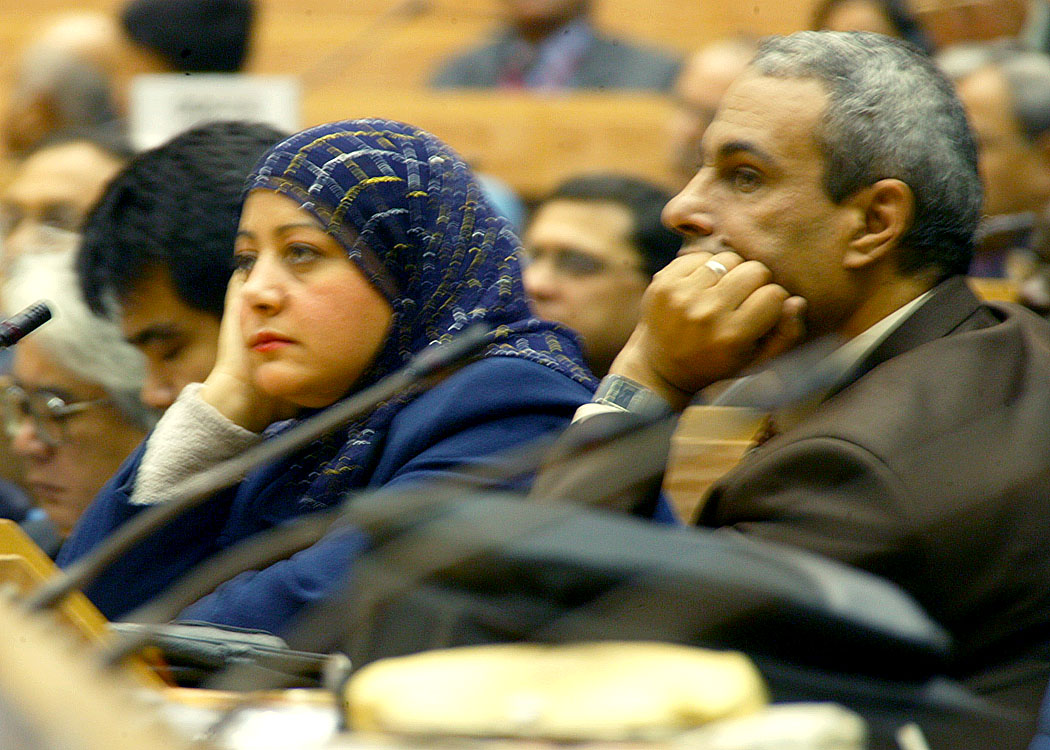

Organ Transplantation:
Solid organ liver transplantation has been a boon for the treatment of end stage liver disease. It is being practiced in U.S. and Europeon Countries with success but still there is a large gap between requirement and supply. In spite of active performance of the centers the waiting list in US is about 13,000 per year.
In India the situation is more acute. Nearly 2 lakh patients require liver transplantation. In India the institutes namely CMC Vellore, SGPGI Lucknow have made attempts in this direction. In private sector two hospitals are engaged in this programme namely: Apollo Hospital, Delhi and Global Hospital, Hyderabad. There are a lot of problems in getting the organs and cost of the surgery is prohibitive and beyond the reach of a common person. Some leading NGOs in the country should take up the mission of providing cost effective transplantation facility to the needy patients. Also there is a need to have a relook at the Indian Human Organ Transplant Act of 1994 to make it donor friendly and more importantly patient friendly to help those who are in dire need.
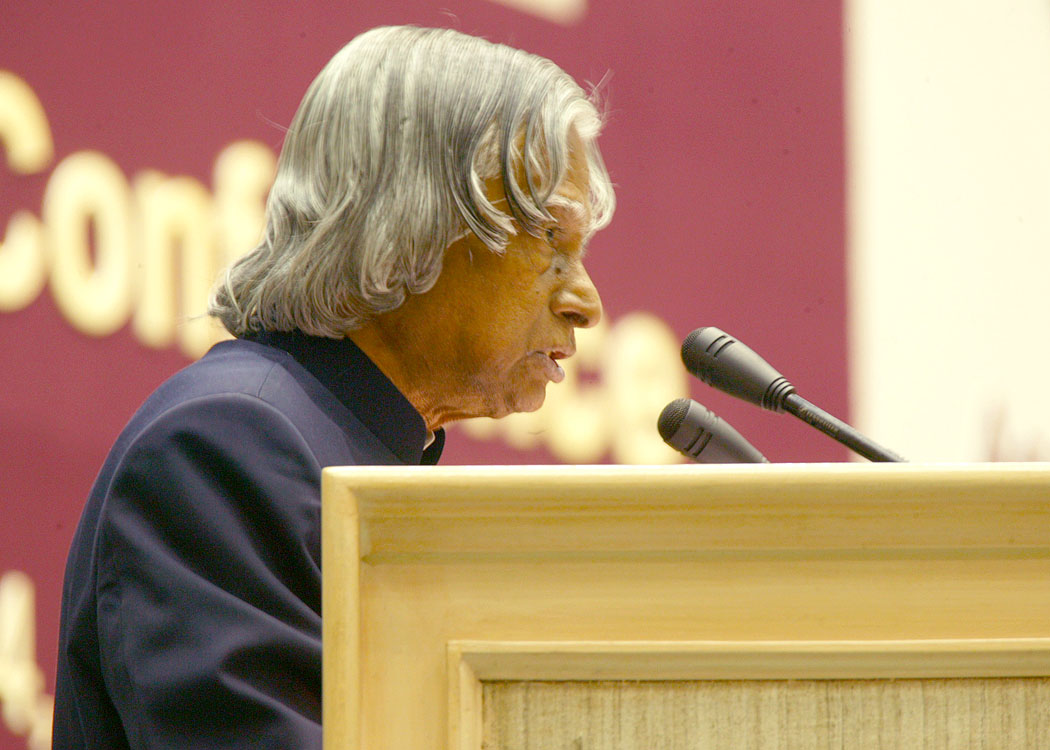

Stem Cells and Liver
During the last few years attempts have been made to isolate and characterize stem cells obtained from liver. Stem cells appear to revolutionize the therapy in providing cells for repair and regeneration of organs. Number of Scientists in Hyderabad are actively involved in the stem cell research. Department of Biotechnology has created a Stem Cell Cluster at Hyderabad involving Clinicians and Basic Scientists with expert doctors to take up basic research in stem cells and clinical application of stem cells in liver, eye, heart, neural and kidney diseases.
Centre for Liver Research and Diagnostics (CLRD), Hyderabad is also collaborating with institutions at US to launch the human therapeutic trial of liver cells and stem cells. I understand that this will be the first center in the world to take up stem cell therapy programme in the treatment of end stage liver disease, acute liver failure and metabolic disease in a planned clinical trial with FDA approval.
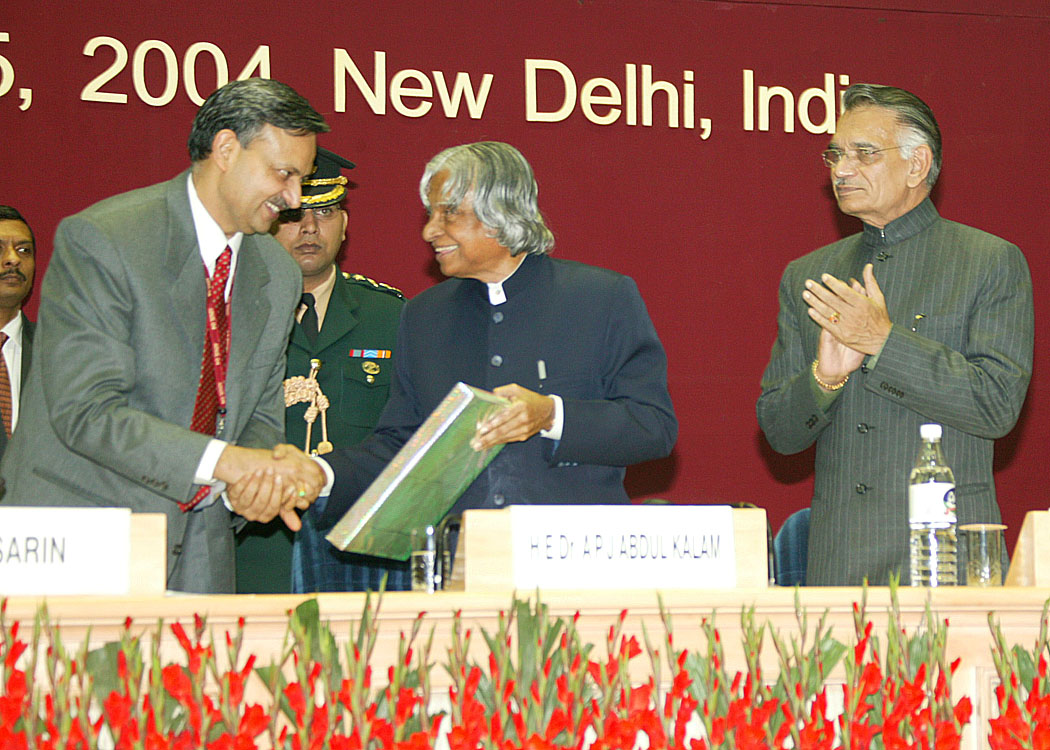

Recent development in biotechnology
India missed the great opportunity in partnering the human genome project and thereby lost the utility of tremendous data. I suggest the Indian biomedical community to take the initiative to become a working partner in the proteomics project of gene characterization. Proteomics is the study of all the proteins expressed by the genome of a cell. It is the logical extension of genomics. Proteomics helps to understand basic biological processes critical to normal cellular functions as well as to the development of diseases. It identifies the essential components of these processes and exploits these components as targets in the development of new methods to prevent or treat diseases. The national programme on proteomics has to be accelerated with partnership from industries and R & D laboratories. I would suggest that this should be pursued as a mission mode project. This will lead to our being invited to participate in the global proteomics programme. Particularly, in the area of Hepatology, the proteomics resulting into a gene chip can become the future diagnosis and treatment regime.
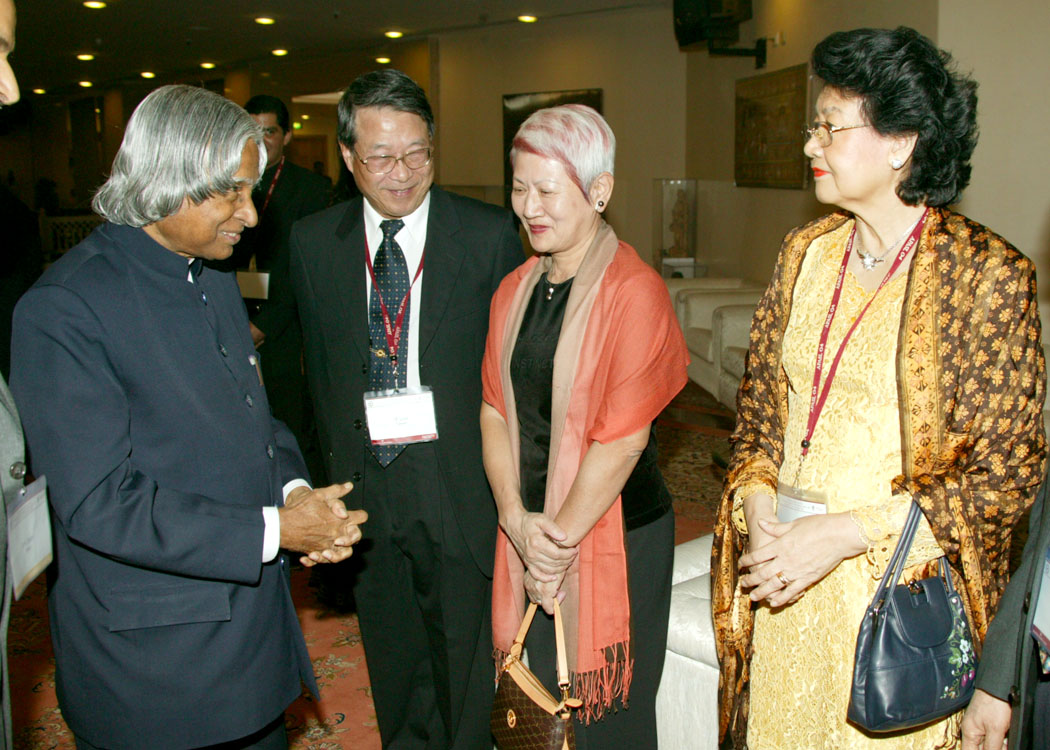

Complimentary and Alternative Medicine:
In view of the high cost of modern medicines, scientists are exploring the possibility of using alternative medicines such as Ayurveda, Unani and Siddha medicine for providing the effective therapy. CSIR has initiated a programme to look at the ayurvedic prescription in consultation with Ayurvedic physicians especially in acute hepatitis, toxic hepatopathies and end stage liver disease. Formulations have been prepared and are being evaluated by Hepatologists at CLRD, Hyderabad, KEM Hospital, Mumbai, PGI, Chandigarh, AIIMS, New Delhi.
A three member team consisting of Ayurvedic physicians, modern physicians and molecular scientists has been created by CSIR to evaluate scientifically the efficacy of ancient medicine practiced in India as per the international standards.
Extensive studies on Phyllanthus amarus have confirmed that this plant preparation as being anti-viral against Hepatitis B and C viruses, hepatoprotective and immunomodulating, as well as possessing anti-inflammatory properties. In the Indian systems of medicine, a chemo-biological fingerprinting methodology for standardization of Phyllanthus amarus preparation has been patented by Prof. S.P. Thyagarajan and his group from the University of Madras.
Herbal revolution is taking place in the country. India with a rich heritage and tradition can provide leadership in alternative and complementary medicine. A concerted effort is required to make Indian medicines competitive in the international market.


Actions needed for Effective Liver Care
Since nearly 5% of our population is suffering from liver diseases, I would suggest discussion on the following issues by this Conference.
1. Desirability of vaccinating all the children born in our hospitals by Hepatitis B vaccine.
2. Creating a net work of all the doctors, scientists, academicians and institutions participating in this Conference through a conference web site. The specialists should interact and consult on typical cases and solution through the network. The network should also be made accessible to the patients so that they can consult specialists doctors through this media.
3. Mounting a concerted co-operative international programme to make Hepatitis C and Hepatitis E vaccine to be available in the market within the next three years. Hepatitis A vaccine should be manufactured at an affordable cost.
4. Formulating a scheme through the task team of this Conference consisting of doctors, non-government organizations, medical council and legal experts for making the liver of fatal victim of accidents available for transplanting to needy patients spread in different parts of the country. This will need proper modification to the Indian Human Organ Transplant Act of 1994.
5. I understand that Wisconsin University has succeeded in finding a new solution which can preserve the harvested liver for 24 hours instead of the present 5 to 12 hours. Researchers need to take note of this development and work for increasing the preservation time of harvested liver.
6. Formulating life style practices like yoga, quality control measures for consumption of safe drinking water, sound blood transfusion techniques and other preventive measures to reduce the incidence of liver diseases. Also, promoting research for making available cost effective complimentary and alternative medicine to patients for mitigating their financial burden arising out of the disease.

Conclusion : Physio-psychological Treatment
The patients need integrated treatment of physiological and psychological System. Let me share with you an experience. A young friend of mine was diagnosed in a routine checkup to be having a major ailment and advised open heart surgery. It is something which he did not expect. It reduced him to tears as this unexpected development filled him with sadness, while he was considered hale and healthy all along. To cheer him up I assembled a few of my thoughts and sent him an e-mail like this and asked him to read it every now and then:
When God is for me who can be against;
I sought the Lord, He heard me and delivered from all fears,
Divine cure penetrates into me, cures my pain, in body and soul,
Divine beauty enters into me, blossoms happiness into my body and soul,
Oh! Almighty thank you for all the blessings you have poured!!
Sometimes later, my friend replied me saying: ?When your e-mail reached me I was going through physiological and psychological pain. This prayer gave me cheers to reinvigorate my body and soul. I went through a successful cardiac operation. Thank you my friend, from the bottom of my heart.? Of course as Doctors and Physician you know the healing phenomena as an integrated system from diagnosis to treatment for cure.
The liver is a very important organ for the healthy functioning of the entire body. In this domain of yours, you may collaborate with the other specialists and experts in other areas of medicine to find a total solution with minimum intervention for bringing a smile in the faces of the patients.
I wish this Biennial Conference of Asian Pacific Association for the Study of the Liver all success in their mission of making the mankind free from liver disease.
May God bless you.
<<Back
|
|